Photography in the Arctic
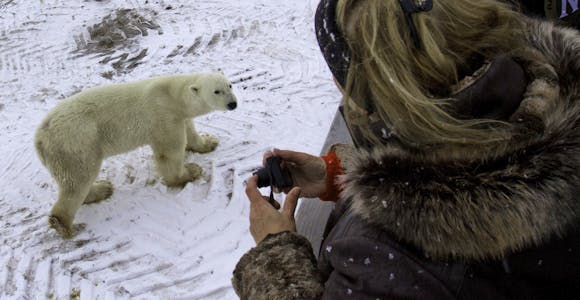
The landscape is vast and beautiful. The wildlife is rare and humbling. You'll want to remember these moments forever, so get to know your camera.
Discover MoreSpecial Offers Available: Swoop has access to the widest range of offers and can help you find the right trip, cabin, & price.
Expert impartial advice at no extra cost: no-nonsense advice on 500 voyages across 25 ships
The Arctic Experts. No Compromises: there’s no question we can’t answer
The only B Corp certified Arctic specialist: so your adventures can be a force for good
A full concierge service, unlike booking direct: we leave nothing to chance in delivering your perfect trip
Special Offers Available: Swoop has access to the widest range of offers and can help you find the right trip, cabin, & price.
Expert impartial advice at no extra cost: no-nonsense advice on 500 voyages across 25 ships
The Arctic Experts. No Compromises: there’s no question we can’t answer
The only B Corp certified Arctic specialist: so your adventures can be a force for good
A full concierge service, unlike booking direct: we leave nothing to chance in delivering your perfect trip
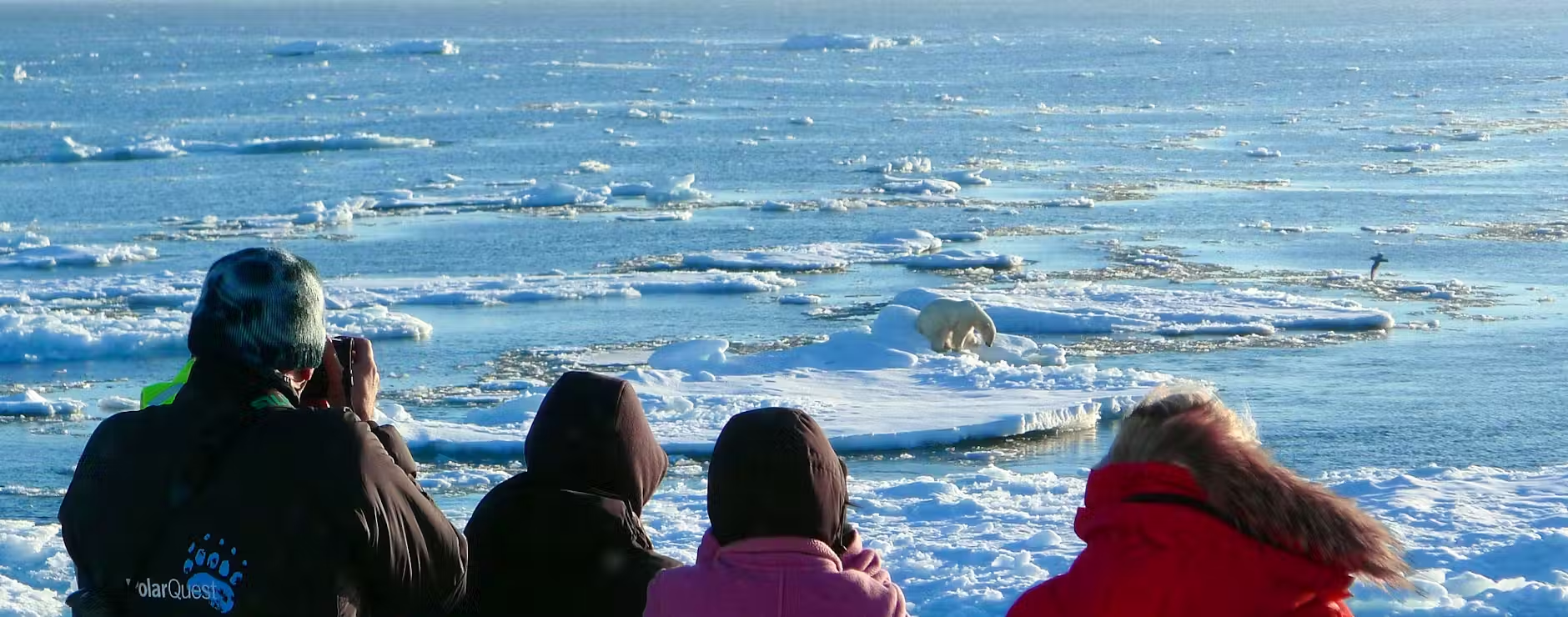
It's easy to overlook the practical side of expedition cruising and what day-to-day life will look like on board your ship. This guide will help you prepare for everything from sockets and WIFI to cabin facilities and dietary requirements.
There are regions where you will be able to pick up a phone signal, and it has been known for people to be watching a blue whale near Longyearbyen and talking to friends in the UK at the same time. That said, coverage is patchy at the very best and should not be relied on.
On land-based trips, you can expect some mobile phone signal. Networks are improving all the time, especially around settlements.
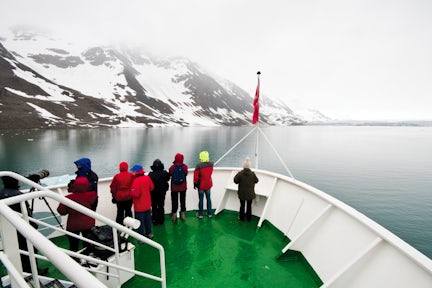
Looking out over the bow
Before you travel, check the costs of using your cell phone abroad, to avoid incurring high costs for calls and texts on your trip.
On all Arctic vessels, you will be able to purchase an internet data package on board. The signal is more reliable than in Antarctica but can still be patchy and should not be relied upon for time-sensitive or data-heavy communications
Many ships now have quite good WIFI, although it's likely to be localized with the strongest signal in the public areas and reception may be impaired from your cabin, depending on its location.
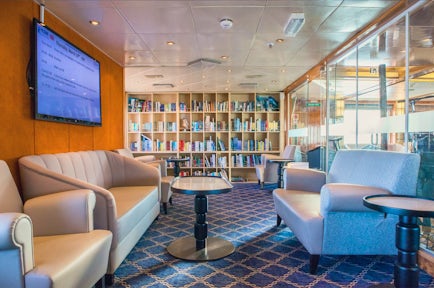
Ship library
Most ships use European plugs. Often trips will involve hotels on land in more than one country, we would always recommend taking a worldwide adapter so you are covered in all eventualities.

Once on board your ship, English will be the main language (unless you’re on a bilingual departure). Most people in the tourism industry will speak very good English, and your guides will always be English speaking.

Enjoying an briefing prior to setting off to explore East Greenland
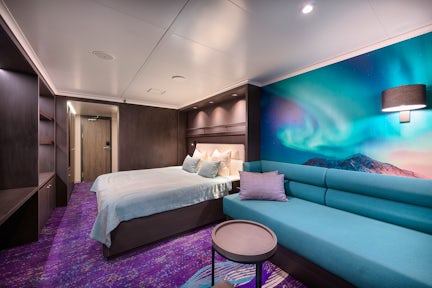
Superior Cabin, Hondius
Your cabin will be comfortably kitted out with all of the trappings of a regular hotel including:
Some ships and higher cabin categories also provide:
Most cabins have individual controlled thermostats and so you can adjust the temperature of your cabin easily.
We recommend you avoid bringing any glass bottles or fragile objects, which may get damaged if you encounter rough seas. Cameras, binoculars and other delicate items should be carefully stowed when not in use. Many ships will also provide grippy matting on flat cabin furniture surfaces, to assist with unwanted movement.
Once you have unpacked, your suitcases can generally be tucked away underneath your beds. For this reason, we recommend soft-sided suitcases, rather than a hard shell.
However lovely your cabin is, we strongly recommend you spend as much of your free time as possible out on deck. This will always be the best location from which to soak up the spectacular views from every angle and take advantage of impromptu wildlife sightings.
All ships have an onboard laundry service with a typical turnaround of 24 hours.
Prices vary but are generally in line with what you might find in an upmarket hotel, given the remote location and operational challenges. Please note that all items are washed at the same temperature and dried before being returned to the cabin, so any extremely delicate fabrics may be best hand-washed in your bathroom basin.
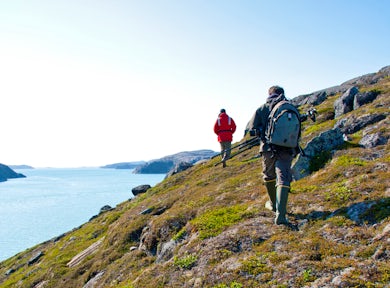
There is a qualified English-speaking doctor aboard all vessels, who are available to help with any minor ailments, seasickness or other issues. However, the onboard medical equipment is limited. Any passengers taking medication must bring their own supplies.
In the event of a serious emergency, the captain and expedition leader will decide on the best course of action.
We recommend bringing your own seasickness medications with you, following a discussion with your own medical professional as to what is best suited for you. Most anti-seasickness medications are significantly more effective if taken prior to the onset of nausea.
For information about Covid-19 policies for the new era of international travel and expedition cruising, please refer to your operator's health and safety protocols on your Voyage Information Page, or speak with your Customer Experience Coordinator.
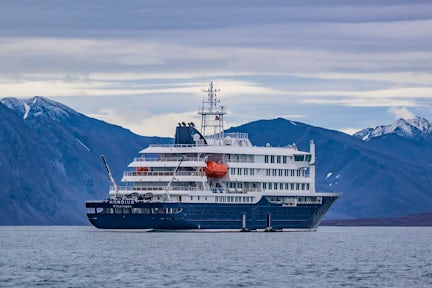
Going hungry is one thing you definitely don't need to worry about on your cruise. Even at the end of the world, your meals will be well thought out, with choices at every sitting, and abundant food.
On the expedition ships, the food is typically tasty and plentiful. It is eaten in a shared dining room with refectory-style seating.
Breakfast is always a buffet, while lunch and dinner are usually served. Both lunch and dinner are three courses with a choice of both starter and main course. Tea and coffee are always available.
Land-based expeditions tend to be fully catered for but the food is often very simple, reflecting the remoteness of your location.
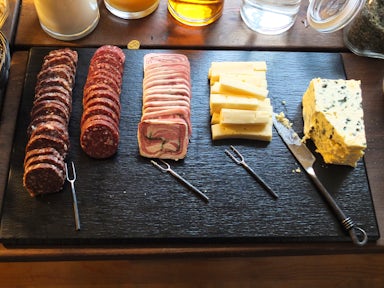
Arctic vessels are very experienced at catering to all needs, whether you are vegetarian, gluten-free or have certain dislikes or allergies.
Remember to write any requirements on your pre-voyage forms, and in case of a strong food allergy, we recommend you introduce yourself to the Hotel Manager or Head Waiter before the first meal.

The quietness of the Arctic is amazing. The vastness is hard to capture in words or photos. We loved having the opportunity to hike up to a vantage point vista and sit and enjoy the quietness of the world. Read the full review
Travelled: June 2022
Carol Copeland - USA
Review:

The landscape is vast and beautiful. The wildlife is rare and humbling. You'll want to remember these moments forever, so get to know your camera.
Discover More
Reading a few key pieces of literature before and during your trip can significantly change your perception of this extraordinary corner of the world.
Discover More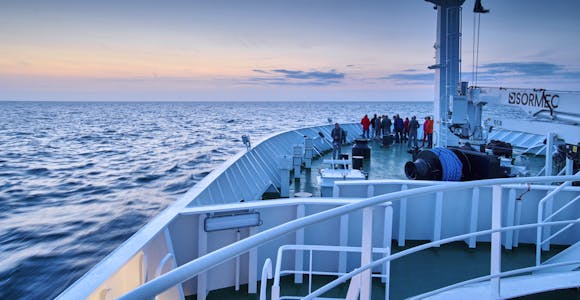
Until you reach the Arctic, it can be hard to imagine exactly what it will be like. We hope our guides and videos give you a taste of what to expect.
Discover More